Kozak-Mamai
Kozak-Mamai (Козак Мамай; the Cossack Mamai). The most popular figure in Ukrainian folk painting of the 17th–20th centuries. Paintings of Kozak-Mamai were done in various media (mostly in oil and tempera) on wood, canvas, paper, walls of peasant houses, dishes, and ceramic tiles. He is portrayed as a serene and likable Cossack smoking a pipe and playing a bandura while squatting in an Oriental manner. His horse stands saddled alongside tied to his spear, and his weapons hang on a nearby tree. Often, along the bottom or the sides of the painting, there is a versified account of Cossack life and feats; usually it is taken from the monolog of the Cossack character in the vertep play. Most paintings were done by wandering icon painters or by students (usually of the Kyiv Theological Academy) and sold at markets. They were then copied by various peasant artists, who would add details from local life to their versions. Kozak-Mamai came to represent the generalized, popular image of the Ukrainian Cossacks, particularly after the destruction of the Zaporozhian Sich and the Russian conquest of most of Ukraine. He also became a theme in literature, drama, and fine art (eg, in the works of Mykola Kulish, Ilia Repin, Heorhii Narbut, Kostiantyn Piskorsky, Mykola Butovych, Feodosii Humeniuk, and Volodymyr Makarenko). There are Kozak-Mamai paintings in many Ukrainian museums; the largest collections are in the National Art Museum of Ukraine, the National Museum of Ukrainian Decorative Folk Art, the Dnipropetrovsk Art Museum (the Dmytro Yavornytsky collection), and the Ukrainian Center for Folk Culture «Ivan Honchar's Museum» in Kyiv. A book about Kozak-Mamai in Ukrainian folk art, by Platon Biletsky, was published in Lviv in 1960.
Mykola Mushynka
[This article originally appeared in the Encyclopedia of Ukraine, vol. 2 (1989).]
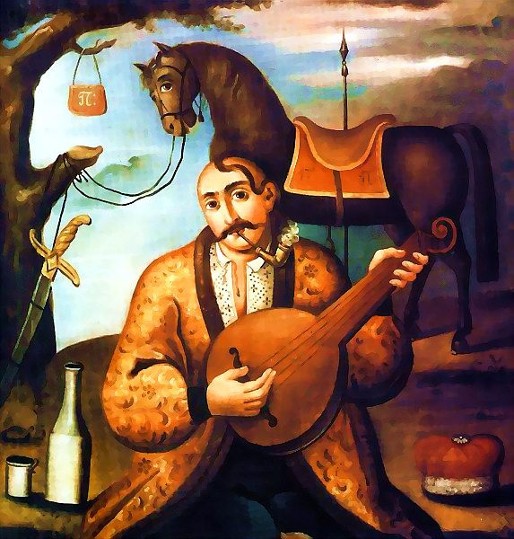
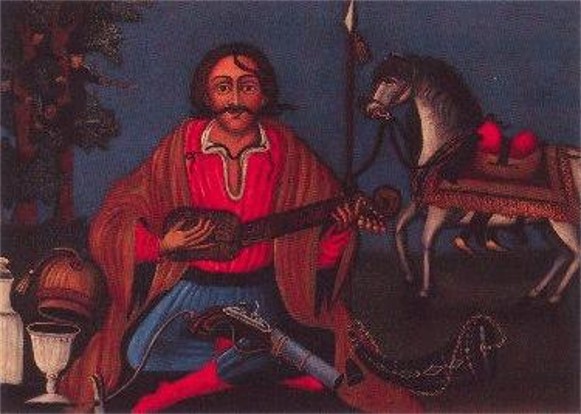
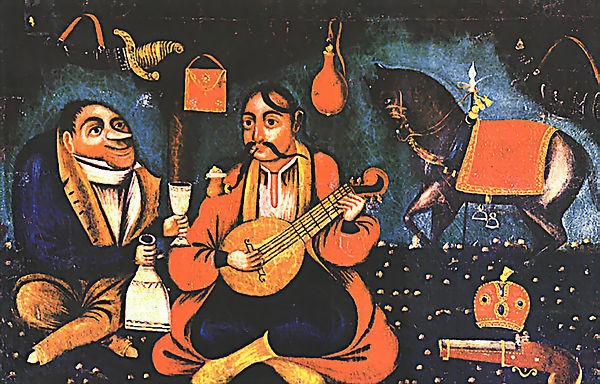
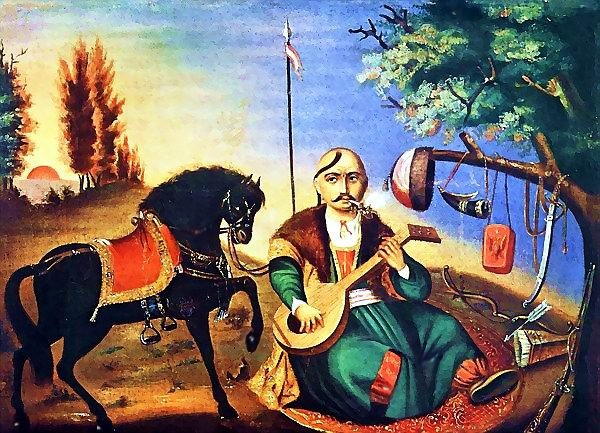

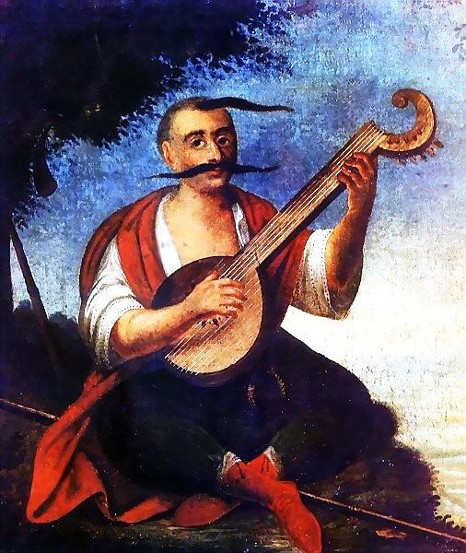
.jpg)
.jpg)
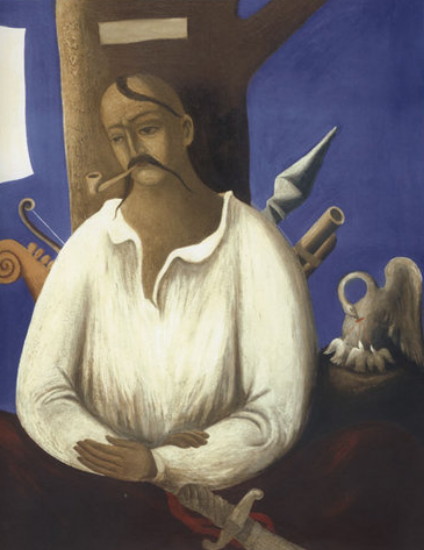
.jpg)